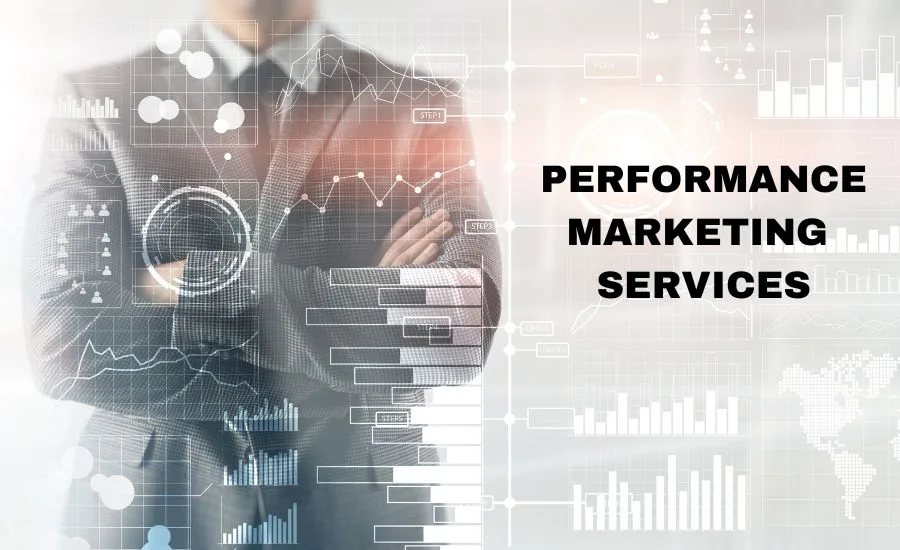Ultimate Edtech Lead Generation Strategy: Using Facebook Ads
Edtech brands are going all-in on digital advertising as we continue to transition into a digital-first world. Facebook Ads strategies for education are not so simple as they require significant effort. A per the report by Statista, Facebook reached 1.98 billion daily active users during the third quarter of 2022. Due to its popularity and usage, Facebook continues to be an important platform for any digital advertising campaign, particularly for Edtech brands. So, are looking to get more better results with performance of your Facebook ads? Do you want to know how you can generate more leads for your organization on social media, especially on Facebook? Fortunately, here are very practical Facebook lead-generation strategies that can assist you in increasing your conversion rates. Let us walk you through some lead-generation strategies for Facebook ads. 1. Identifying Your Target Audience In Facebook Ads, defining your target audience involves defining the demographics, interests, and behaviors of the people you want to reach with your ads. Age, gender, location, education level, and job title are all examples of demographics. In the case of EdTech, for example, you might want to target teachers, students, parents, or administrators. People’s interests include topics and hobbies that they are interested in. For example, you might want to target people who are interested in education technology, distance learning, or online education. Behaviors involve the actions of the people on Facebook like engagement with educational content or following pages related to education. You might want to target people who have recently registered for an online course. Defining the target audience is therefore an important step in Facebook ads. 2. Utilizing Lead Generation Forms In Facebook Ads, lead-generation forms(Instant form) are used to collect contact information from potential customers. These forms can be used to contact potential customers directly and can be customized to include specific fields such as name, email address, phone number, and other relevant information. These forms can be integrated into the ad campaign and used to contact potential customers. There are a few advantages of using lead generation forms- it can increase the chance of converting the leads into potential customers as it is easy to submit contact information through it, it is a cost-effective way to collect leads as compared to the other forms of lead generation, and for better-targeting, businesses can create custom audiences and target their ads to specific groups of people who have expressed an interest in the product or service through the forms. 3. Retargeting The Visitors Facebook retargeting ads are a powerful advertising feature on the platform. They enable you to communicate with users who are already familiar with your brand, whether through an existing customer list or activity on your site captured by Facebook pixel. If those users do not make a purchase or sign up for a service, Facebook allows you to retarget them. It’s common practise to include an additional promotion when re-targeting. A follow-up Facebook ad offering a free edtech product, for example, may be enough to entice a potential customer to sign up for your service. Users are more likely to interact with ads from brands they recognize and trust, it’s a win-win situation for both the advertiser and the customer. 4. Use A Landing Page A landing page is a website page that is intended to collect leads. Use a landing page to provide additional information about your product or service and make it simple for people to show their interest. Make sure your message is clear, concise, and compelling, and include a clear call to action ( such as “buy now” or “ Learn more”). To increase conversions, the design and content of the landing page should be consistent with the ad and the overall message of the campaign. Apart from the above mentioned strategies, we can also use the Lookalike audiences through facebook ads manager to reach people who are similar to existing customer group. Best metrics to track for on Facebook Ads for EdTech? The best metrics to track for lead generation campaigns on Facebook Ads for EdTech include cost per lead(CPL), conversion rate, and lifetime value of a lead. According to the latest data average conversion rate for EdTech companies is 10%. A conversion rate of 10% indicates that out of every 100 people who click on the ad, 10 of them are taking the desired action (such as filling out a form or making a purchase). It’s considered to be a good result as it’s higher than the average conversion rate of most industries. How To Optimize Lead Generation Campaigns For EdTech? By offering information on audience demographics, engagement, and conversion rates, Facebook Insights may be utilised to optimise lead generation campaigns for EdTech. This can aid in the decision-making process when it comes to messaging, targeting, and ad forms. Frequently Asked Questions Bottom Line A lead generation strategy in Facebook ads for EdTech in 2023 can be a highly effective way to reach potential students and educators. By targeting specific demographics and interests, as well as utilizing features such as retargeting and lead generation forms, EdTech companies can efficiently and effectively generate leads and ultimately drive enrollment and sales. Additionally, using Facebook’s analytics and A/B testing capabilities can allow for continuous optimization of the campaign for even better results. It’s a highly recommended strategy for the EdTech industry to tap into the power of social media advertising in 2023. Schedule a strategy call with a performance marketing professional today!
Ultimate Edtech Lead Generation Strategy: Using Facebook Ads Read More »









